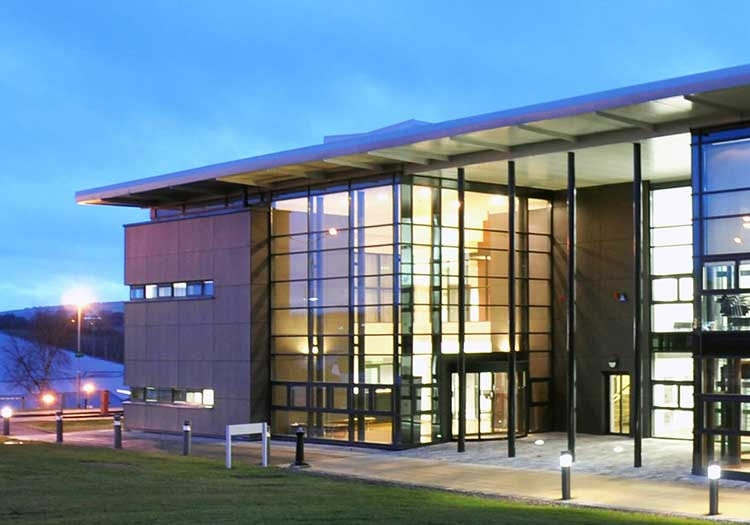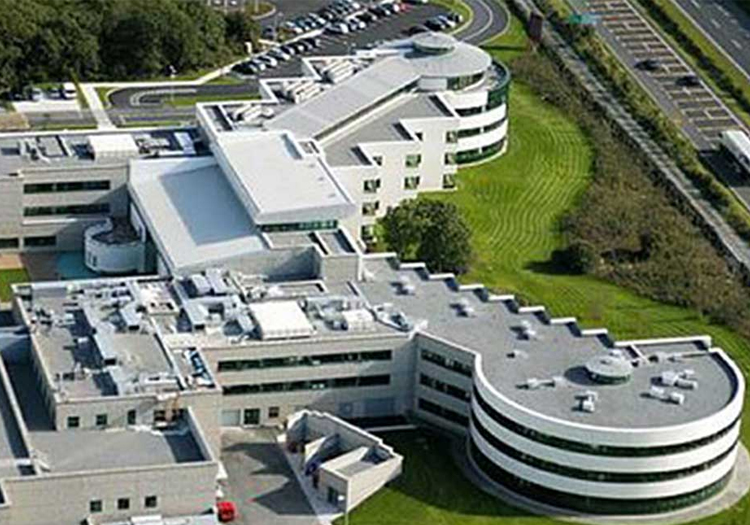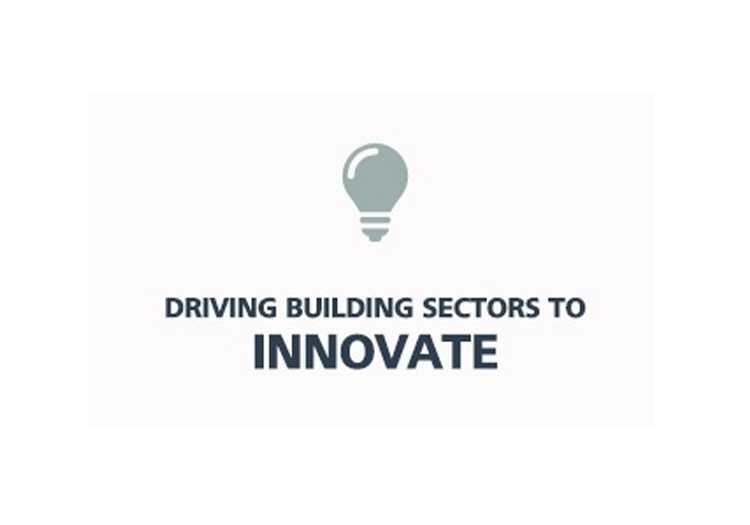
NZEB, Today’s Standards for Nearly Zero Energy Building
In Ireland, and throughout Europe, new buildings are required to meet the rising needs of an energy-driven world, even more efficiently and effectively than with the standards already in place.
Nearly Zero Energy Building means designing to a standard primary energy value of 45 kWh/m2/year or less. By the year 2020, all public buildings will need to meet the new standards of nearly zero energy. While many buildings have already begun to feature low energy methods and products, the latest NZEB standard is meant to break further barriers faster, and it offers builders and occupants even more ammunition in the fight against climate change.
The transition to a low-carbon footprint in Ireland has been challenging. According to recent studies from SEAI in 2015, the data suggests a slight increase in CO2 emissions occurred last year, rather than any decrease. With the complexity of Ireland’s energy system, transitions to renewables such as wind power have begun to rise, while the use of coal and peat and non-renewables have also risen. This has created an offset effect, where the efforts to decrease CO2 emissions have stalled. The need for advanced sustainable standards is even more important this year, and NZEB is an ambitious new method to regain ground in the struggle for lowered emissions and increased renewable energy sources. We need even more progress in energy efficiency, from our homes to our businesses, and setting the building standard higher is the best foundation to grow on. ContactContact Us consulting engineers in Ireland for the best solutions and highest standards in building design.

